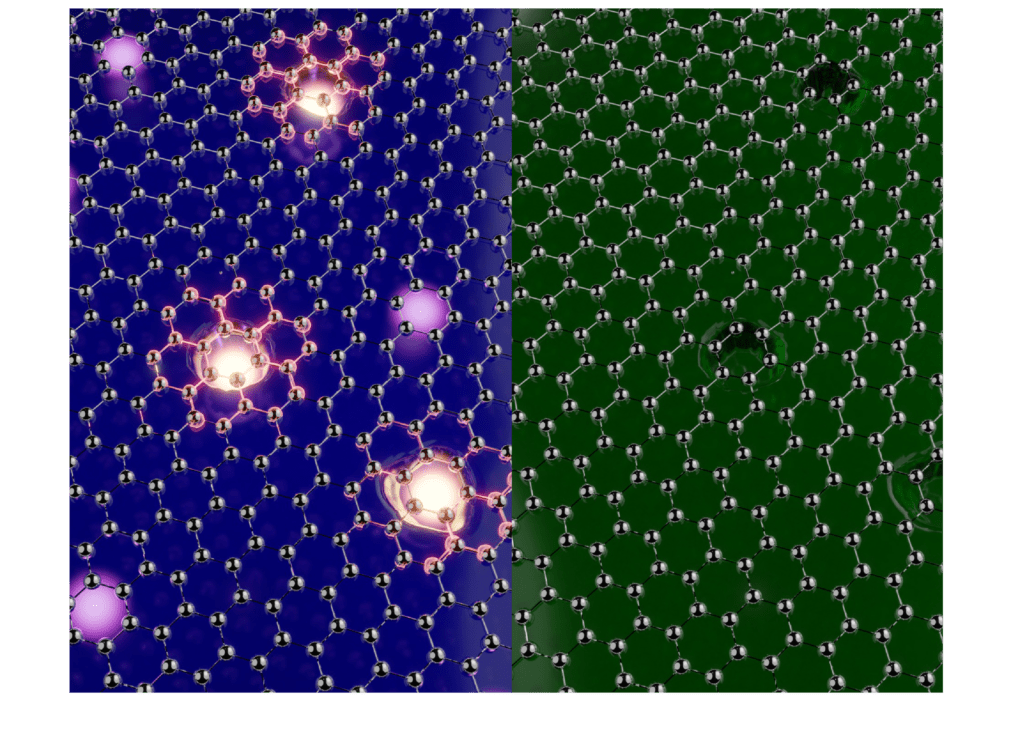Graphene, the wonder two-dimensional material, has shown exceptional electronic properties, making it a sought-after candidate for various advanced technologies. However, maintaining high carrier mobility in practical device applications has been a challenge, with the choice of substrate and encapsulation playing a pivotal role.
A team of researchers, including Dr Domenico De Fazio at the Ca’ Foscari University of Venice, has made a breakthrough in this domain by successfully encapsulating graphene in tungsten disulfide (WS2). This achievement, detailed in a recent paper, offers an alternative to the commonly used hexagonal boron nitride (hBN) encapsulation method. The researchers applied a chemical treatment involving a super-acid, bis(trifluoromethane) sulfonimide (TFSI), to overcome the hysteresis and enhance the mobility of graphene encapsulated in WS2. High mobility, a key requirement for electronic devices, was achieved through WS2 encapsulation, presenting numerous advantages. The study revealed a significant reduction in hysteresis, making WS2-encapsulated graphene a compelling alternative to hBN.
This breakthrough has far-reaching implications for various electronic applications, including field-effect transistors, modulators, photodetectors, and sensors. With hBN’s limitations addressed by WS2, the world of graphene-based electronics may soon see significant improvements in performance and scalability, paving the way for more efficient and powerful devices.
The full article is available at the following link: https://doi.org/10.1063/5.0151273

